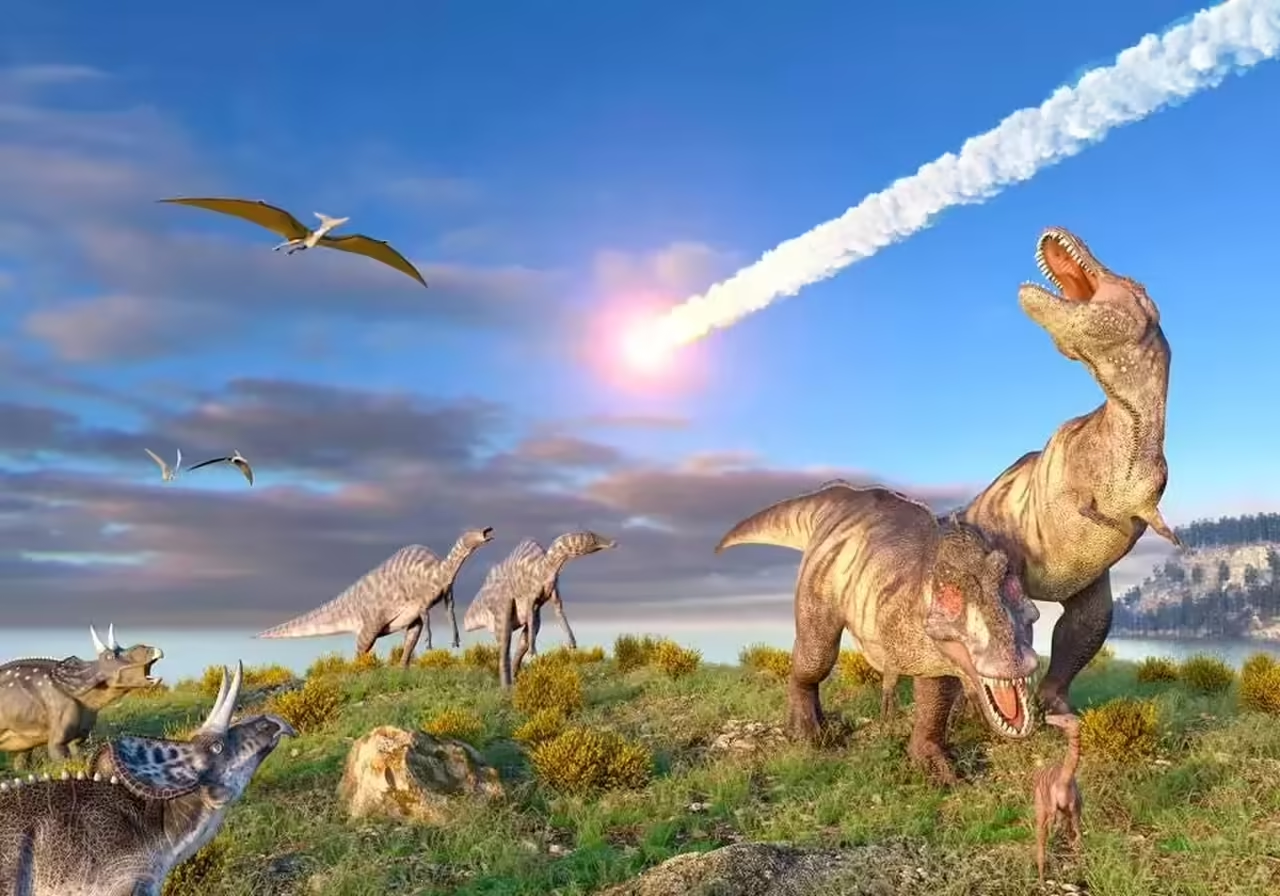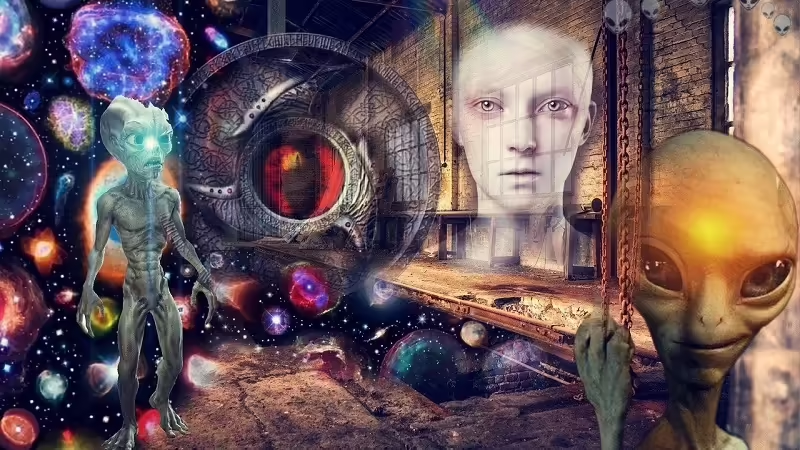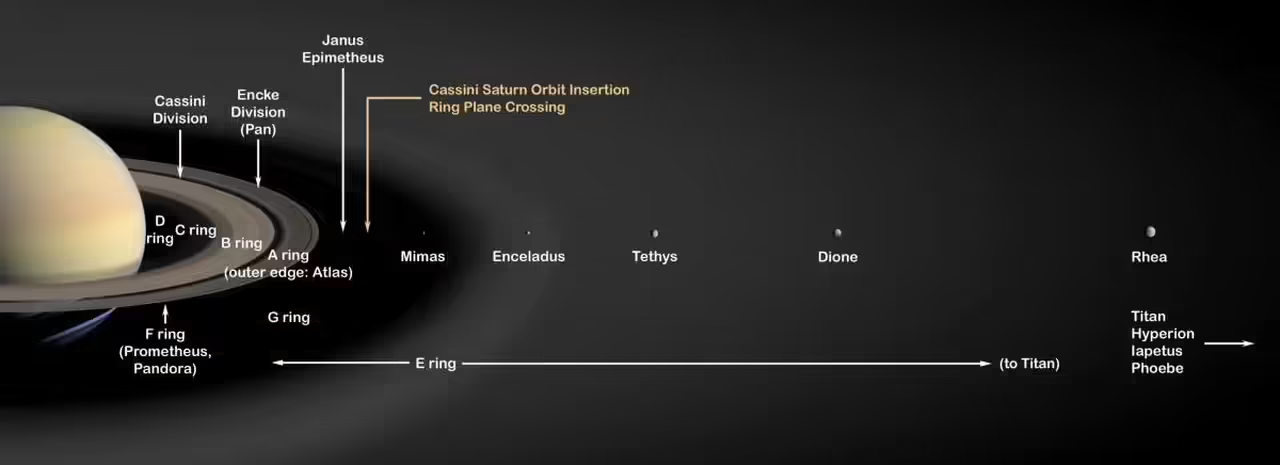
The “nuclear winter” theory as the cause of the extinction of the dinosaurs is one of the best known hypotheses about the disappearance of these animals millions of years ago. According to this theory, the fall of a large asteroid in the Yucatan Peninsula, Mexico, approximately 66 million years ago, produced an impact so strong that it generated an enormous amount of dust and gases that rose into the atmosphere and blocked the sunlight. This would have caused a significant decrease in global temperature, an effect known as “nuclear winter”, which would have caused the extinction of dinosaurs and many other species.
However, in recent years, this theory has been challenged by some scientists who argue that a nuclear winter is unlikely to have been the sole cause of the extinction of the dinosaurs. It has been shown that other factors, such as volcanic activity, sea level fluctuations and declining biodiversity, may also have contributed to the disappearance of these animals.
Although the nuclear winter theory remains one of the most popular explanations for the extinction of the dinosaurs, science continues to investigate and analyze other possible causes of this historic event.
The asteroid crash: the real cause of the extinction of the dinosaurs?
The asteroid collision is one of the theories most widely accepted by the scientific community as the true cause of the extinction of the dinosaurs. According to this theory, approximately 66 million years ago, an asteroid about 10 km in diameter impacted the Earth in the Yucatan Peninsula, Mexico. The impact generated an enormous amount of energy, which caused a massive earthquake, a tsunami and a large cloud of dust and gas that rose into the atmosphere. The cloud of dust and gas blocked sunlight, causing global cooling and a drastic change in weather conditions worldwide.
These extreme conditions are believed to have caused the extinction of dinosaurs and many other species, as they severely affected ecosystems around the world. The lack of sunlight and the cold, dark climate would have upset the balance of the food chain, leading to the mass die-off of plants and animals, including dinosaurs.
Although the asteroid strike theory is currently the most widely accepted explanation for the extinction of the dinosaurs, scientists continue to investigate and explore other possible causes. For example, some researchers suggest that volcanic activity may also have contributed to the demise of the dinosaurs, but most evidence supports the asteroid strike theory as the true cause of the dinosaur extinction.
Why wouldn’t dinosaurs have been killed by a ‘nuclear winter’?
According to the most recent studies, it has been discovered that dinosaurs would not have been killed by a “nuclear winter” caused by the asteroid impact that hit the Earth 66 million years ago. This theory is based on the fact that dinosaurs, especially theropods, had a series of adaptations that allowed them to survive in cold and dark climates.
It has been shown that the reduction in temperature due to the asteroid impact would not have been sufficient to cause the mass extinction of the dinosaurs. Instead, it is believed that the asteroid impact produced a series of more complex and far-reaching effects, such as ocean acidification, altered atmospheric chemistry, and destruction of the ozone layer, which would have had a more significant impact on ecosystems.
Similarly, it has been found that the nuclear winter would have been relatively short, a few years, which would have been insufficient to cause the extinction of the dinosaurs. Instead, the evidence suggests that the long-term effects of the asteroid impact, combined with other factors, such as volcanic activity and sea level changes, would have been the main factors contributing to the mass extinction of dinosaurs and other species worldwide.
The scientific evidence behind the “nuclear winter” theory
The “nuclear winter” theory is based on the idea that the impact of a large asteroid on Earth would have caused a global climate catastrophe that would have cooled the Earth’s temperature and plunged the planet into a prolonged winter. However, there is scientific evidence that contradicts this theory.
First, it has been shown that the temperature decrease due to the asteroid impact would have been relatively brief, perhaps only a few years. Although this cooling period would have had a significant impact on the global climate, it would not have been sufficient to cause the mass extinction of dinosaurs and other species.
Second, it has been found that dinosaurs, especially theropods, would have been able to adapt to a cold, dark climate. Theropods had a number of anatomical and physiological characteristics that allowed them to survive in extreme conditions, such as long, thin legs, which allowed them to run at extreme speeds, and a flexible diet that allowed them to survive on a variety of foods.
Another finding is that the “nuclear winter” theory cannot fully explain the mass extinction of dinosaurs and other species. It is believed that the asteroid impact also produced other complex effects, such as ocean acidification, altered atmospheric chemistry, and destruction of the ozone layer, which would have had a more significant impact on ecosystems.
Other factors that contributed to the extinction of the dinosaurs
In addition to the asteroid impact, other factors are also believed to have contributed to the mass extinction of dinosaurs and other species. These include:
Volcanic activity: intense volcanic activity would have been a major factor in the extinction of the dinosaurs. It is believed that the release of large amounts of gases and ash particles would have altered the climate and atmospheric chemistry, contributing to the mass extinction.
Sea level changes: Sea level changes would have affected coastal ecosystems, such as mangroves and coral reefs, which were important habitats for many marine species. In addition, changes in sea level would have altered food availability and migration routes for many terrestrial and aquatic species.
Changes in the chemical composition of the atmosphere: Alteration of the chemical composition of the atmosphere due to the asteroid impact and volcanic activity would have affected the availability of oxygen and other gases essential for life, which would have had an impact on terrestrial and aquatic species.
Changes in weather patterns: Changes in weather patterns would have altered the habitats and life cycles of many species. For example, altered rainfall patterns would have affected the availability of water and food for many terrestrial and aquatic species.
New dinosaur extinction theories: what has changed since the “nuclear winter” theory was proposed?
Since the “nuclear winter” theory was proposed as the primary cause of the dinosaur extinction, there have been significant advances in our understanding of this cataclysmic event. As a result, new theories have emerged and our understanding of what really happened some 66 million years ago has been refined. Here are some of the new theories that have been proposed:
Asteroid impact was the main factor: While volcanic activity and other factors are known to have contributed to the mass extinction, increasing evidence suggests that the asteroid impact was the main factor in the demise of the dinosaurs and many other species. It has been found that the impact created a large amount of dust and gases that would have blocked sunlight, drastically altering the climate and causing an “impact winter” on a global scale.
Asteroid impact caused massive forest fires: It is also believed that the asteroid impact would have caused massive forest fires around the world, which would have further contributed to climate disruption and the extinction of many species.
Dinosaurs were already in decline: Another theory suggests that dinosaurs were already in decline before the asteroid impact, which would have made them more vulnerable to the extreme environmental conditions that followed. For example, climatic changes and competition with other species may have weakened dinosaurs over the long term.
The mass extinction was a gradual event: Some scientists believe that the mass extinction of dinosaurs and other species was not a single, sudden event, but occurred gradually over a longer period of time. This may have been the result of a combination of factors, including climatic changes, volcanic activity, and other environmental factors.
Overall, there is a much deeper understanding of the events that led to the mass extinction of the dinosaurs, and new theories are being explored all the time. Ongoing research in this field continues to shed light on one of the most important events in the history of life on Earth.
How was the exact date of the extinction of the dinosaurs determined?
The exact date of the extinction of the dinosaurs was determined by using scientific methods to date rocks and sediments in the geologic layer that formed just after the mass extinction event. This layer, known as the K-T (Cretaceous-Tertiary) boundary, is found throughout the world and marks the end of the Cretaceous and the beginning of the Tertiary.
Several methods have been used to date the K-T layer, but the most common is radioactive isotope analysis of elements such as iridium and carbon. Iridium is a rare element on Earth, but is found in abundance in meteorites, suggesting that the asteroid impact caused the mass extinction. Carbon-14, on the other hand, is used to date the fossil remains of dinosaurs and other extinct species.
Geologists have also used radiocarbon dating to determine the age of rocks and sediments above and below the K-T layer. By comparing the ages of these rocks and sediments, a timeline can be established for the mass extinction event and determine exactly when it occurred.
The exact date of the dinosaur extinction is somewhere between 65.5 and 66 million years ago, with a higher precision of about 100,000 years due to available dating techniques.







